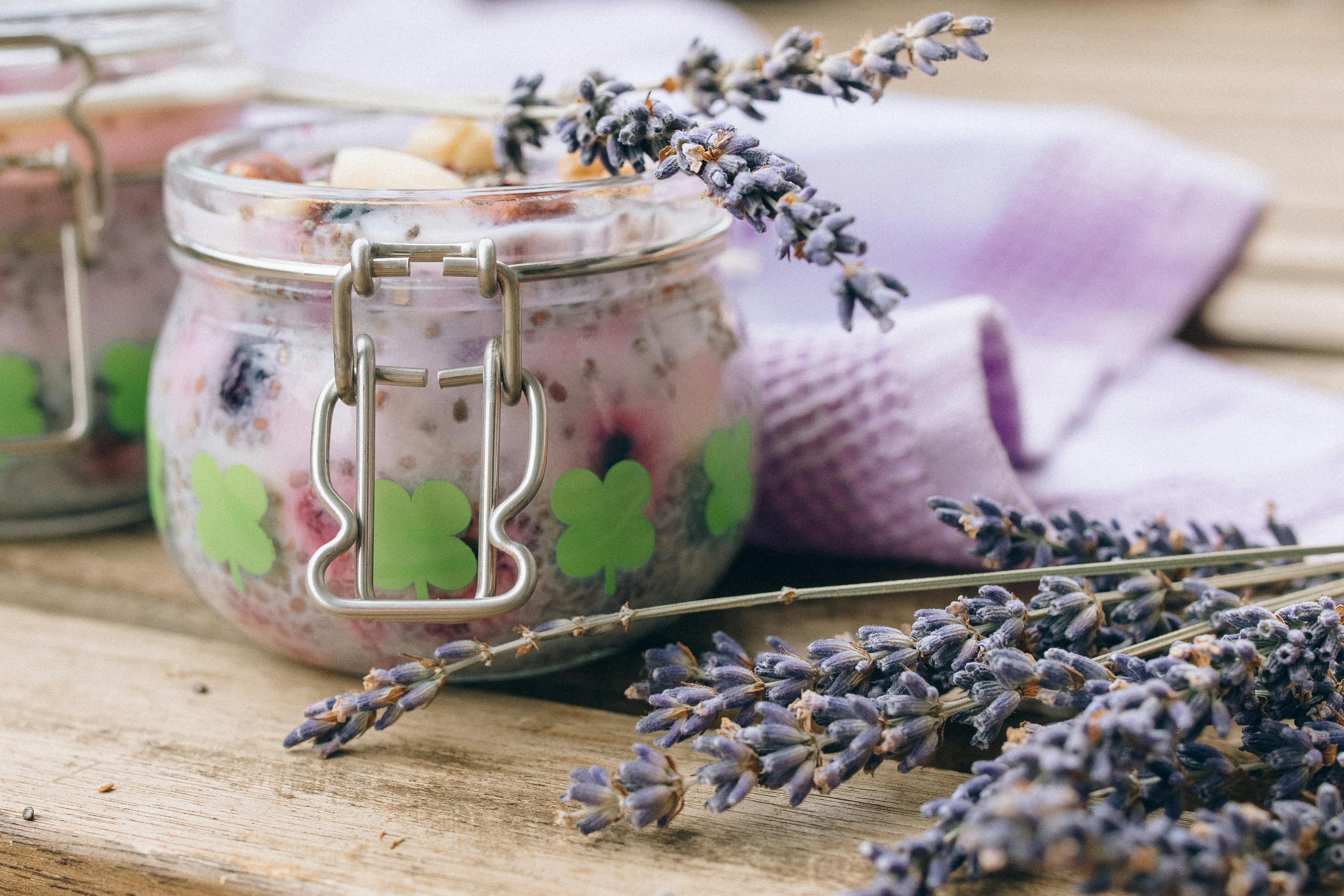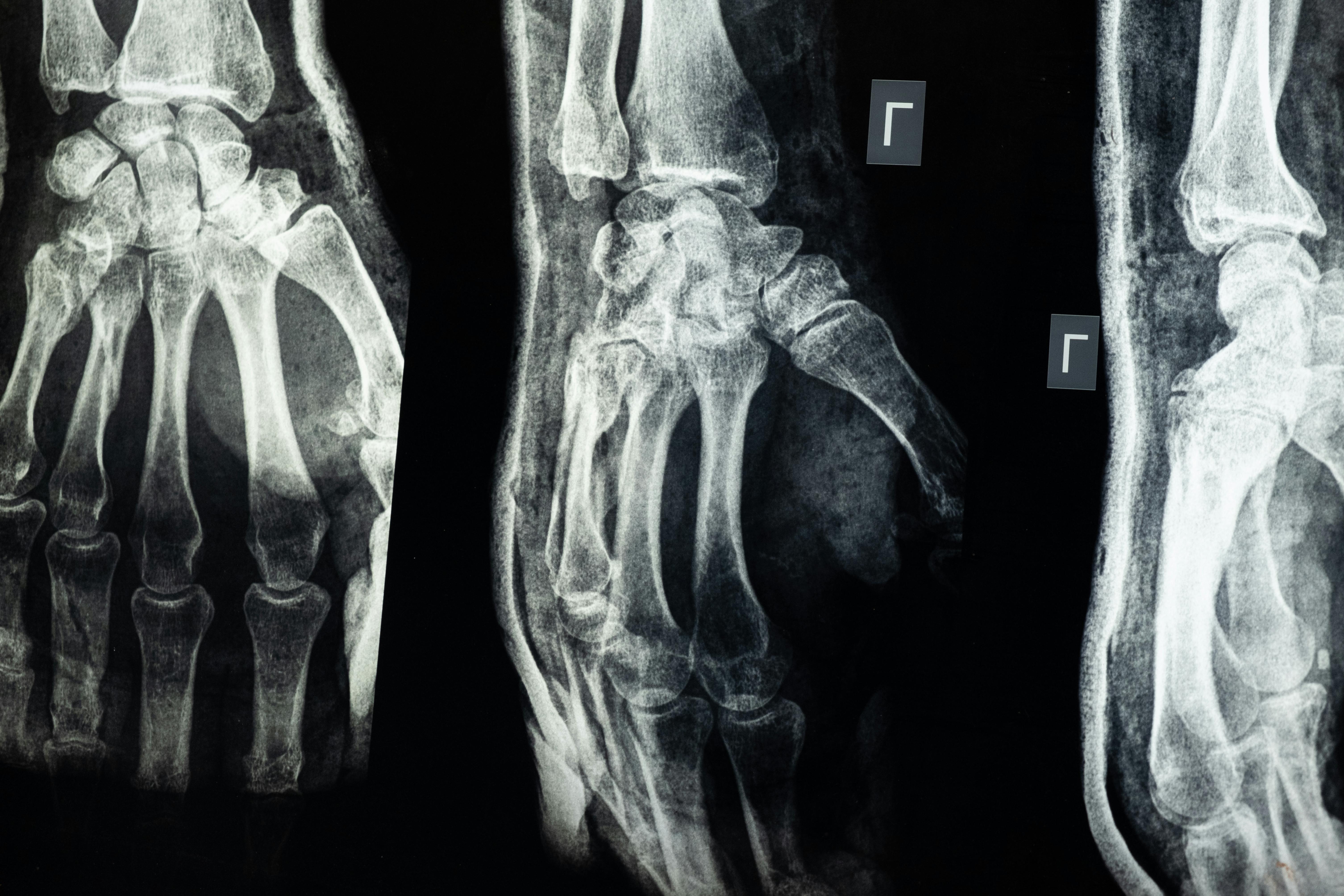herbal teas
Charak, one of the greatest teachers of Ayurveda, stated: “There is no such plant on earth completely devoid of medicinal properties.”
Every plant, vine, herb or shrub that we see, marine or terrestrial, can be used to our advantage, when used in a controlled manner. Even fats are a great source of nutrition. The organic compounds found in these plants are quite similar to the ones we have in our bodies. Thus, we can substitute them in our diet for good health or for therapeutic requirements. Being chemicals, these have certain effects on our constitution, either helpful or harmful.
Most of these compounds are very volatile in nature and begin the decomposition process shortly after the plant is uprooted. If we tear off a leaf, a flower, or a bark, the compounds in the detached portion suffer the same fate. The only solution to preserve most compounds is flash dehydration. Human beings have discovered, by trial and error, the proper method for extracting these compounds.
One of these methods uses the boiling of the dry part for the extraction. When we use this extraction method for the compounds, the “tisane” is called herbal tea.
The origin of herbal tea can be traced back to herbalism, herbal medicine, herbology and phytotherapy. Phytotherapy can be considered as “alternative medicine” by much of current Western medicine.
Herbal teas are a decoction made from fresh, dried or fermented leaves, roots, flowers, fruits or seeds, even crushed seeds, usually by boiling or pouring boiling water over the variety parts and letting them steep for a few minutes. The herbal tea is then strained, the decoction is then sweetened as deemed suitable for the occasions. Some even include mushroom and bee products, minerals, shells, and certain animal parts.
Herbal teas are popular due to their fragrances, antioxidant properties, and therapeutic applications. One can find a specific combination for the relief of common ailments as well as the improvement of important bodily functions.
Two of my favorite formulas that I can give here.
To warm body and mind in winter. Equal parts lemongrass, ginger, fresh black basil leaves and flowers, green tea, a pinch of fresh stevia steeped for a few minutes.
The decoction is then decanted and added with a few drops of honey. Caution: Do not use frequently, it is safe a maximum of twice a week to 5 times a month.
For relaxation and rejuvenation.
- 1 part dried calendula flower
- 1 part dried jasmine flower
- 1 part crushed grape seed
- 2 parts organic green tea
- 2 parts fresh lemongrass
- 2 parts of raw amla soaked for a few minutes.
The decoction is then decanted and added with a few drops of honey. Caution: Do not use frequently, it is safe a maximum of twice a week to 5 times a month.
Add honey to the decoction
Benefits:
Free radicals are unstable molecules produced in the body as byproducts of pollution, stress, and aging. To combat the harmful effects of free radicals we use antioxidants. Herbal teas and green teas are great sources of these antioxidants. Herbal teas help in convalescence and improve metabolism and help lose weight. For healthy people, moderate use of a proper one invigorates the body’s organs and improves the functioning of the system. Some, with ginseng, increase the energy level of both body and mind; some have aphrodisiac properties.
A word of caution; The inappropriate and indiscriminate use of powerful herbs can create adverse and painful symptoms for a long time, which a very, very skilled and well-informed herbalist can eliminate.



